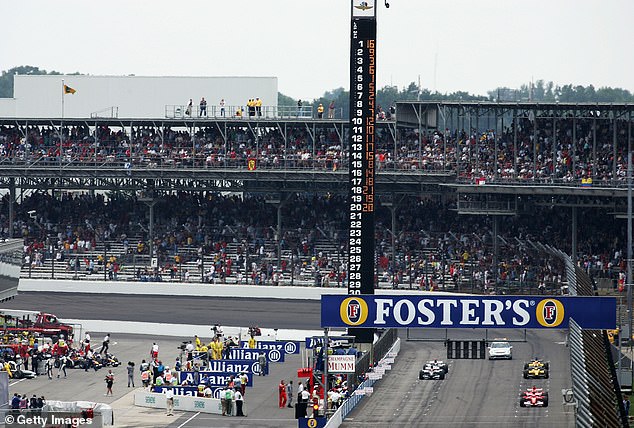Contrast in Formula One’s Journey in the U.S.
The tremendous progress Formula One has made in the U.S. can be evaluated by comparing it to the chaotic events from 20 years ago. In marked contrast, the upcoming Miami race will be a spectacle filled with glamour and crowds, perhaps even featuring an appearance by Donald J. Trump.
A Historical Perspective
Reflecting on the past, particularly the Indianapolis race of 2005, which stands as a notable embarrassment for grand prix racing. Historically, the relationship between Formula One and America has been fraught with tension, as American motorsport largely favored stock car racing, with NASCAR reigning supreme. Formula One was often viewed as a curious European fascination, lacking the oomph that Americans preferred.
Shared Memories
Nevertheless, there are cherished memories of F1’s early endeavors in America, starting with its first world championship race back in 1950 at Indianapolis. This race was cut short due to rain after just 138 laps, following just Silverstone and Monaco. Throughout the years, 12 U.S. venues have hosted F1 races, some of which were better at generating hype than providing quality competition.
Bernie Ecclestone’s Contempt
Bernie Ecclestone, who often expressed disdain for America, acknowledged its market potential. By the time he revived a race in Indianapolis in 2000, there had been no F1 event in the U.S. for nearly a decade. His responses to American journalists, like dismissing their inquiries about prize money, showcased his aloofness towards the American audience.
The 2005 Indianapolis Race
In 2005, controversy swirled during the race weekend when Ralf Schumacher experienced a tire blowout at high speeds, leading to serious safety concerns. FIA President Max Mosley refused to allow Michelin tire cars to compete, prompting chaos as Michelin teams opted out of the race, allowing only six Bridgestone-shod cars to start. This led to great disappointment among the enthusiastic fans, with most leaving early as the race unfolded.
Revival of Interest
After several years of limited enthusiasm following the disastrous 2005 race, F1 returned to America in 2012 with a race in Austin, Texas. The event was well-organized and marked a revitalization of interest in Formula One within the U.S. Under the new ownership of Liberty Media, F1 sought to enhance its appeal, especially through Netflix’s “Drive to Survive” series, which considerably boosted the sport’s popularity among diverse audiences.
A Bright Future
Currently, there are three American races on the calendar, including Miami and Las Vegas, with Austin being the most celebrated. Although initial setbacks marked the Miami event, organizers have worked diligently to improve the experience for fans. The significant interest in Formula One today stands in stark contrast to the dismal state of affairs of 2005, highlighting how far the sport has come in capturing the American market.



